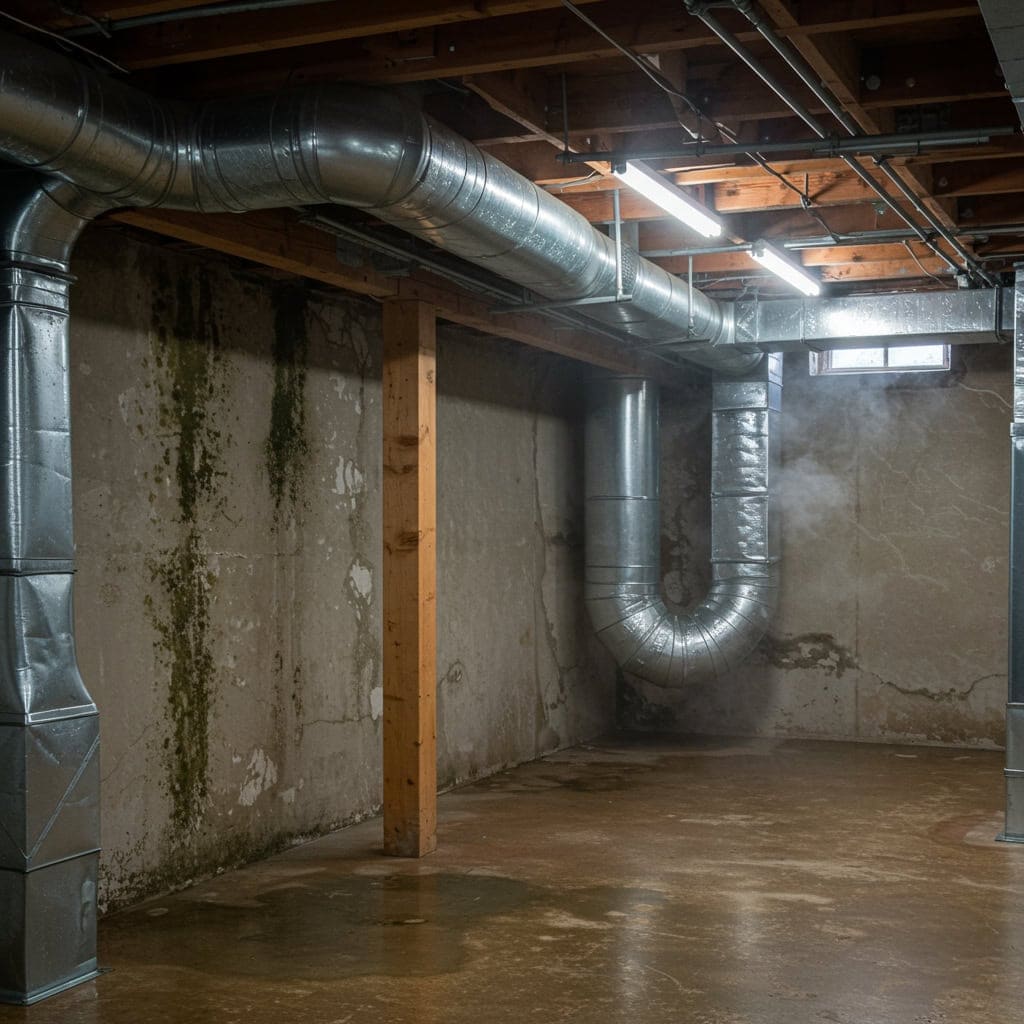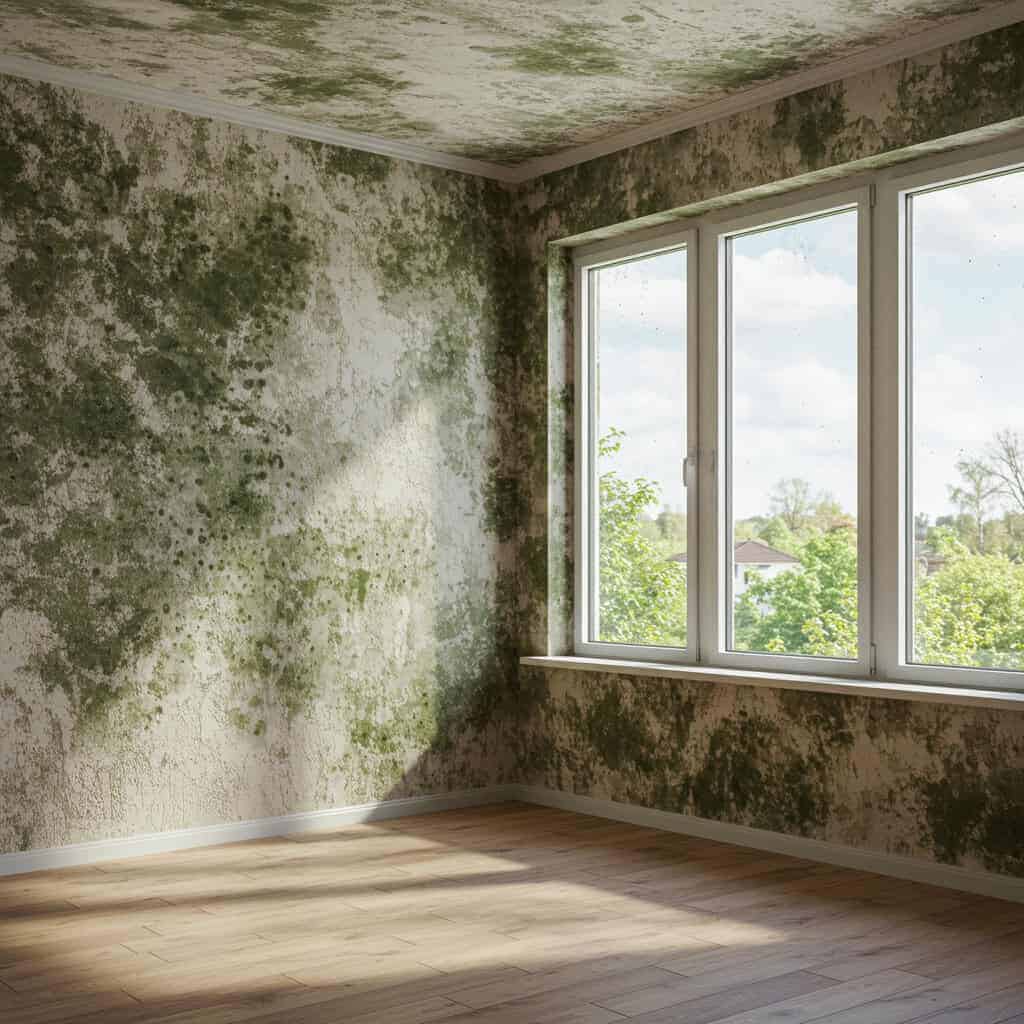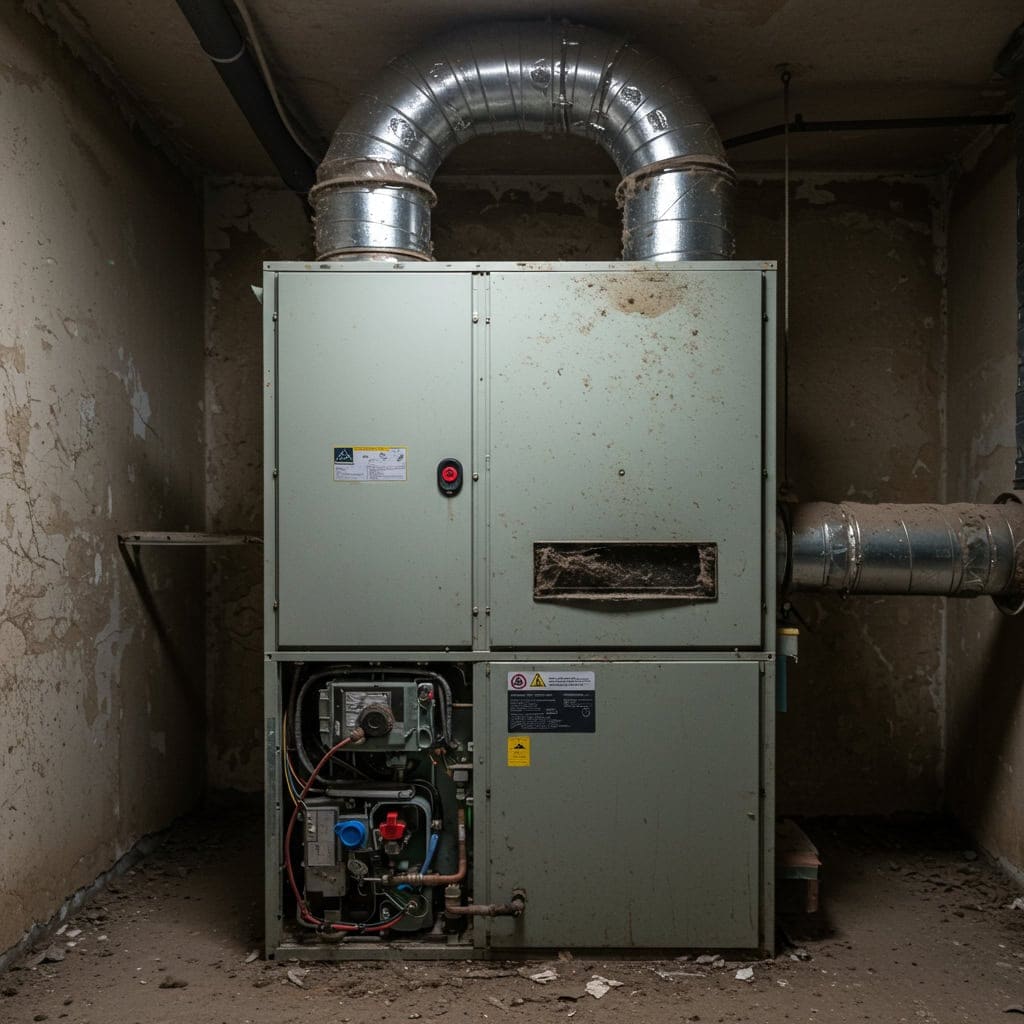Many homeowners overlook the importance of indoor air quality, assuming a tidy space means healthy air. However, invisible pollutants and allergens can accumulate, affecting both comfort and well-being. Subtle symptoms like frequent headaches, fatigue, or respiratory irritation often go unnoticed but may indicate poor air quality. Staying attentive to these warning signs is crucial for maintaining a safe environment, even in homes that appear spotless.













